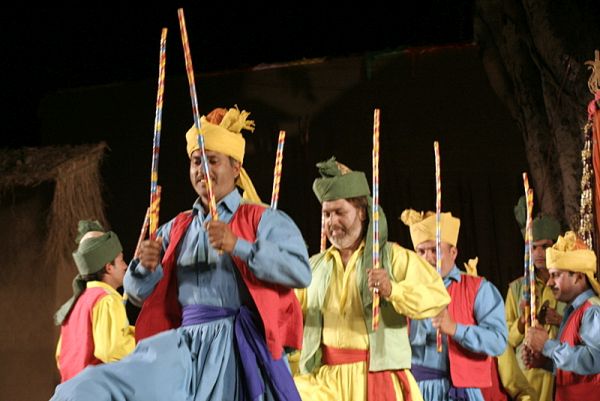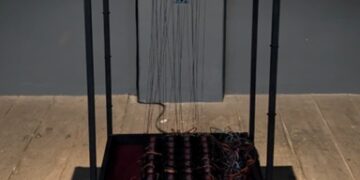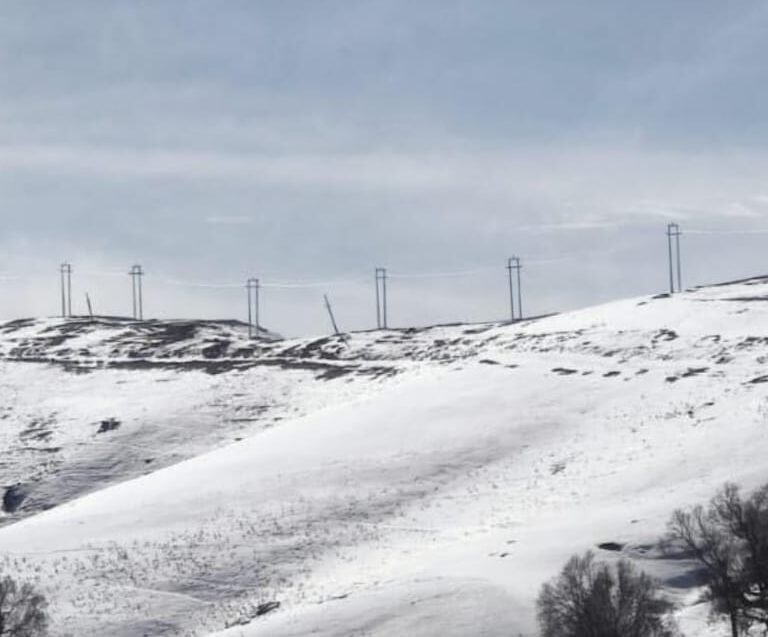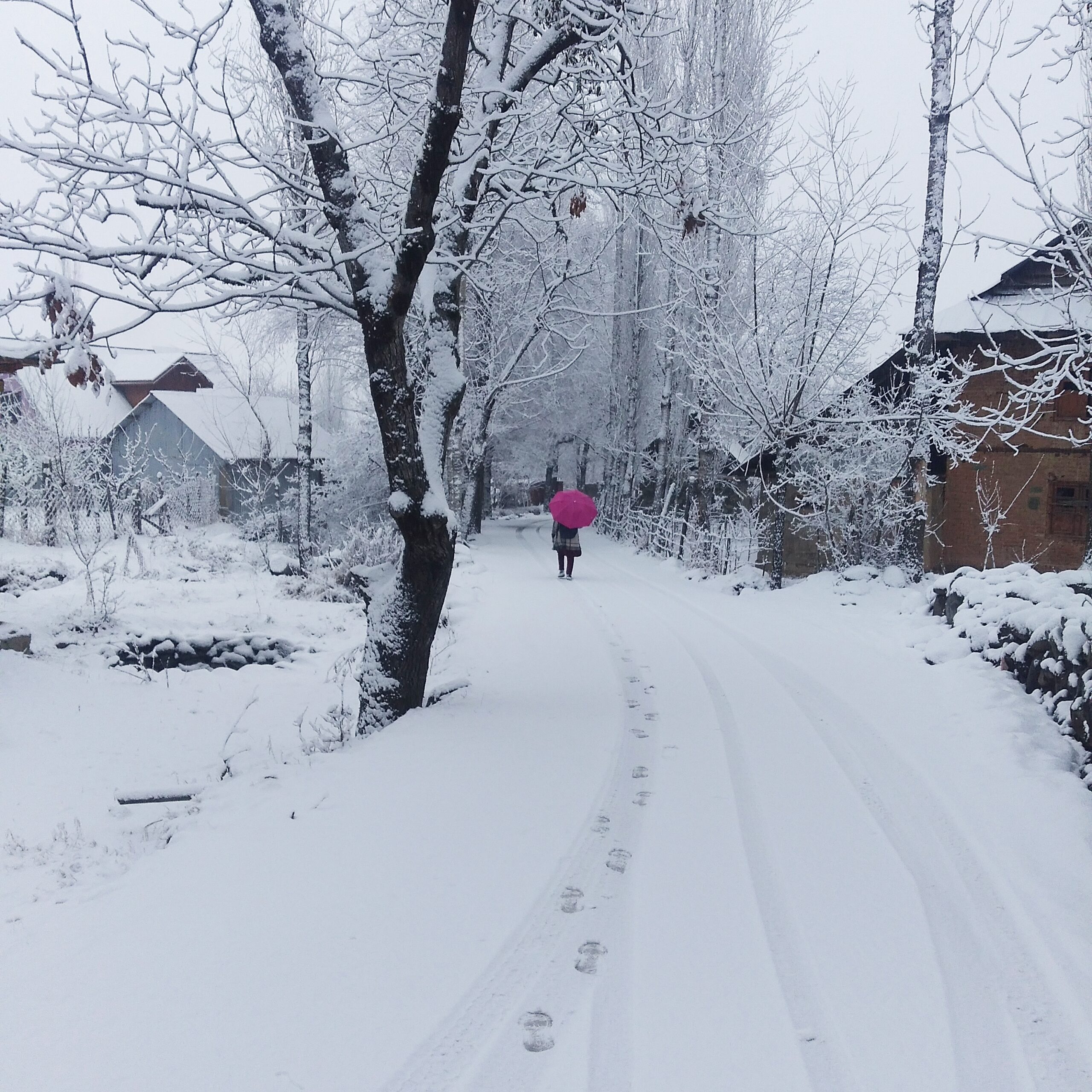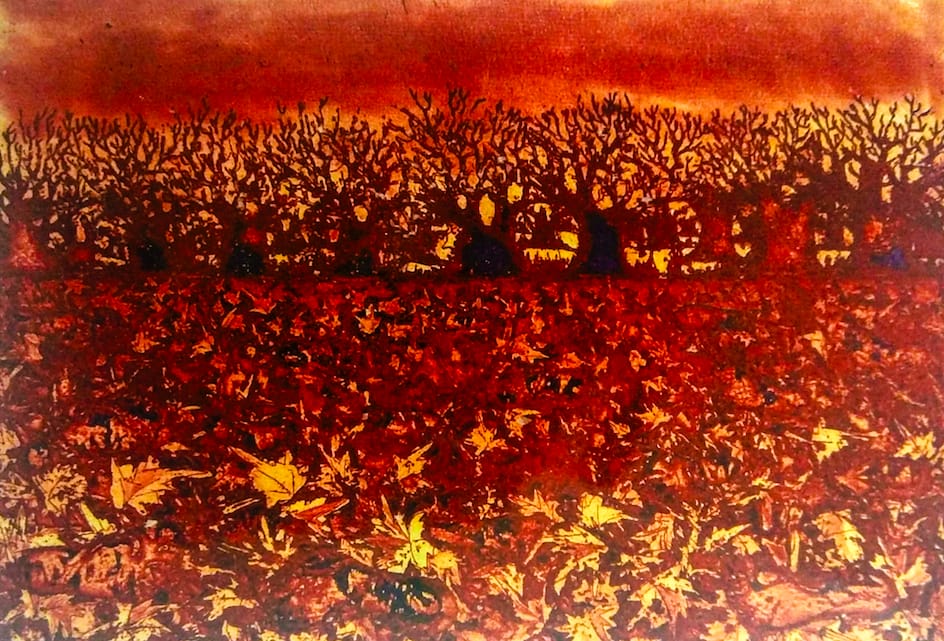Kashmir, often referred to as “Paradise on Earth,” is not just famous for its breathtaking landscapes but also for its rich cultural heritage. One of the most prominent aspects of this heritage is the folk dances of Kashmir, which reflect the traditions, joys, and lifestyles of its people. These dance forms are performed on various occasions, including weddings, festivals, and other celebratory gatherings.
Rouf Dance
Rouf Dance is a traditional folk dance performed exclusively by women, often during festive occasions such as Eid and Ramzan. The most striking feature of this dance is its intricate footwork, as women form two lines facing each other and perform synchronized steps to a melodious rhythm. Rouf is closely associated with the arrival of spring and has been an integral part of Kashmiri celebrations for generations.
Bhand Pather
Bhand Pather is a unique form of Kashmiri folk theatre that combines dance, acting, and storytelling. This dance-drama portrays various aspects of social life, traditions, and even prevailing societal evils through satirical performances. The performers, known as Bhands, dress in traditional attire and engage audiences with their humorous and thought-provoking acts. This centuries-old tradition continues to be an essential form of entertainment in rural Kashmir.
Dumhal Dance
Dumhal Dance is one of the most renowned folk dances of Kashmir, exclusively performed by the men of the Wattal community. Dancers wear colorful robes and conical caps adorned with beads, giving them a distinct appearance. The performance begins with a unique ritual where a banner is planted into the ground, around which the dance unfolds. The performers sing in chorus while drum beats enhance the rhythm of their movements. Dumhal is only performed on special occasions and at designated locations, adding to its significance in Kashmiri culture.
Kud Dance
Kud Dance is one of the most vibrant dance forms of Jammu and Kashmir. It is performed as a thanksgiving ritual to honor the local deities known as ‘Lok Devtas.’ Traditionally performed at night, this dance involves spontaneous and rhythmic movements accompanied by traditional musical instruments like Chhaina, drums, Narsingha, and flute. Kud dance is unique as it includes both young and elderly participants, creating a communal celebration of gratitude. It is predominantly performed in the mountainous regions of Jammu, particularly during the rainy season, when farmers thank their deity for protecting their families and crops from natural calamities.
Bachha Nagma
Bachha Nagma is a mesmerizing dance form performed during weddings and cultural gatherings. It features young boys dressed in colorful costumes, resembling the attire of Kathak dancers. While the performance includes six to seven participants, one among them serves as the lead singer, while others join in chorus to create a harmonious effect. Interestingly, even adult men can perform Bachha Nagma, provided they are dressed as young boys. In some regions, it is also called ‘Bachha Gyavaun,’ meaning young harmonious voice.
Hafiza Dance
Hafiza Dance is another traditional dance form primarily performed at weddings. It is accompanied by the soulful melodies of the Santoor, an instrument with nearly a hundred strings played with wooden mallets. The dance movements in Hafiza are graceful and expressive, making it a cherished part of Kashmiri wedding festivities.
Bhand Jashan
Bhand Jashan is a folk dance performed in groups of ten to fifteen dancers. It is characterized by light, soothing music and is executed in a traditional manner. This dance form is both entertaining and culturally significant, preserving the artistic expressions of Kashmiri folk traditions.
Bacha Nagma (Harvest Dance)
Bacha Nagma, distinct from the wedding version, is performed during the harvesting season. Like its counterpart, this dance is performed by boys, with one among them playing the role of a female dancer. The style and steps resemble those of Hafiza dance, bringing joy and celebration to the harvest season.
Wuegi-Nachun
Wuegi-Nachun is an emotional and symbolic dance performed at Kashmiri weddings. This dance is performed after all the wedding rituals are completed, as the bride prepares to leave her parental home. Kashmiri Pandit women gather around the bridal rangoli and perform this dance to bid a heartfelt farewell to the bride, making it a poignant and cherished part of Kashmiri weddings.
The folk dances of Kashmir are more than just artistic expressions; they are deeply intertwined with the culture, history, and social life of the region. Each dance form carries its unique significance and is performed with great enthusiasm and reverence. Whether it is the celebratory Kud dance, the theatrical Bhand Pather, or the emotional Wuegi-Nachun, Kashmiri folk dances continue to be an essential part of the region’s heritage, captivating audiences both locally and across India.


